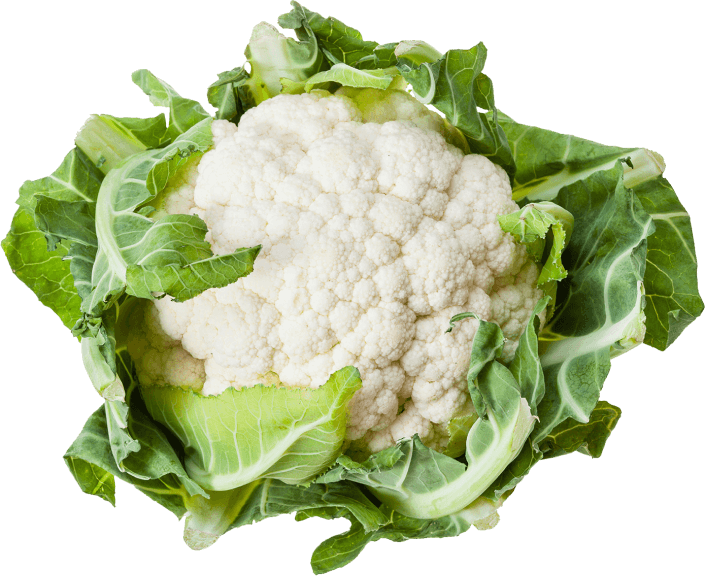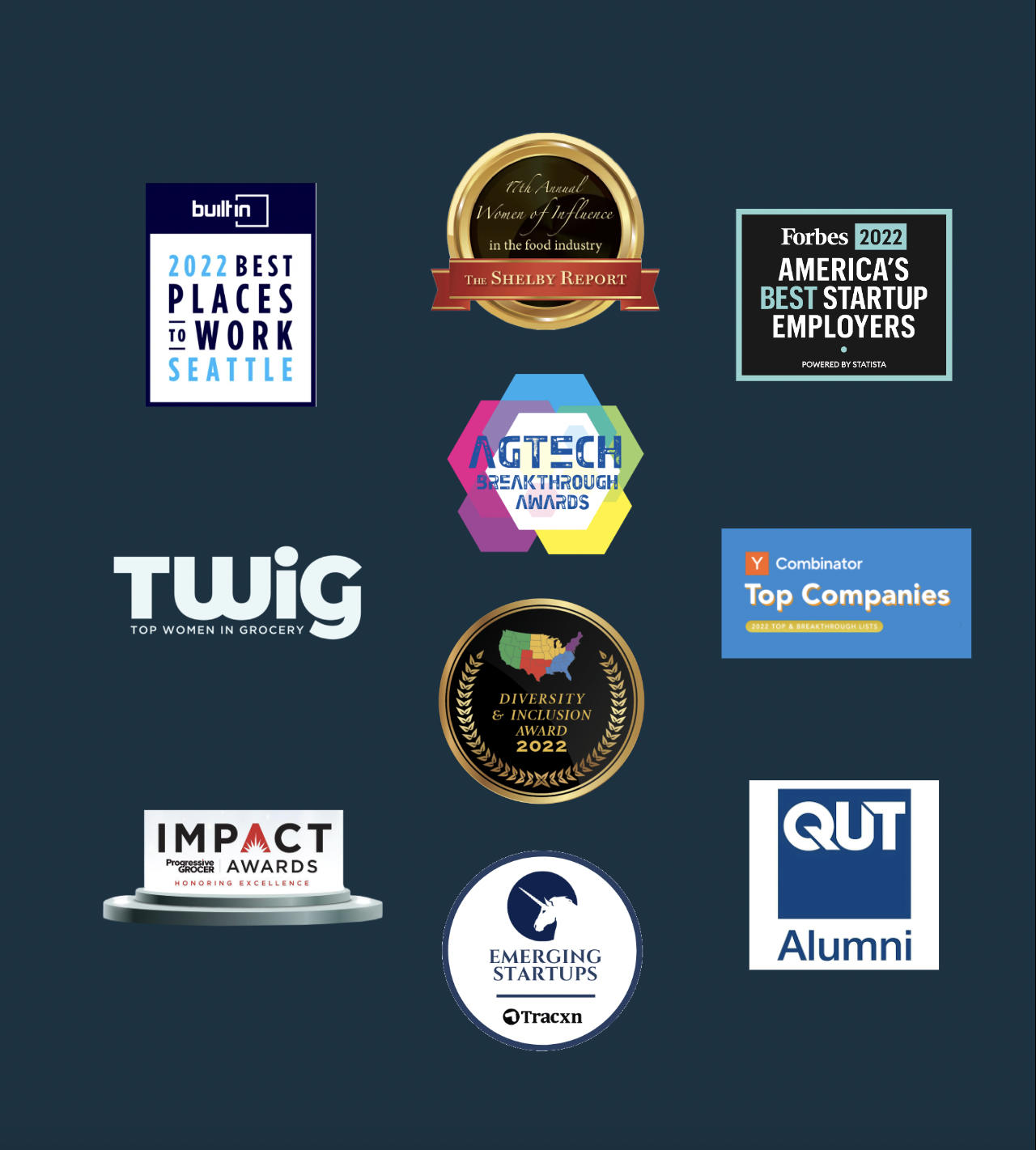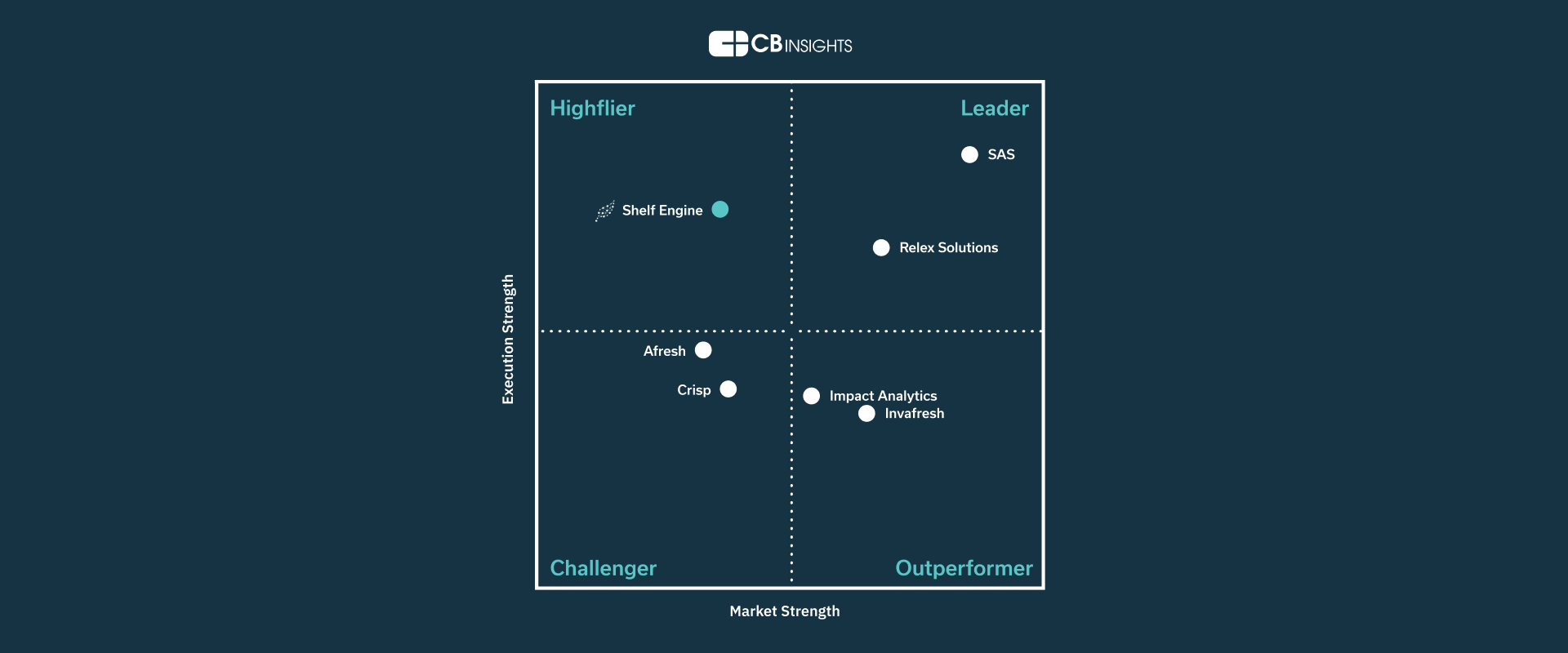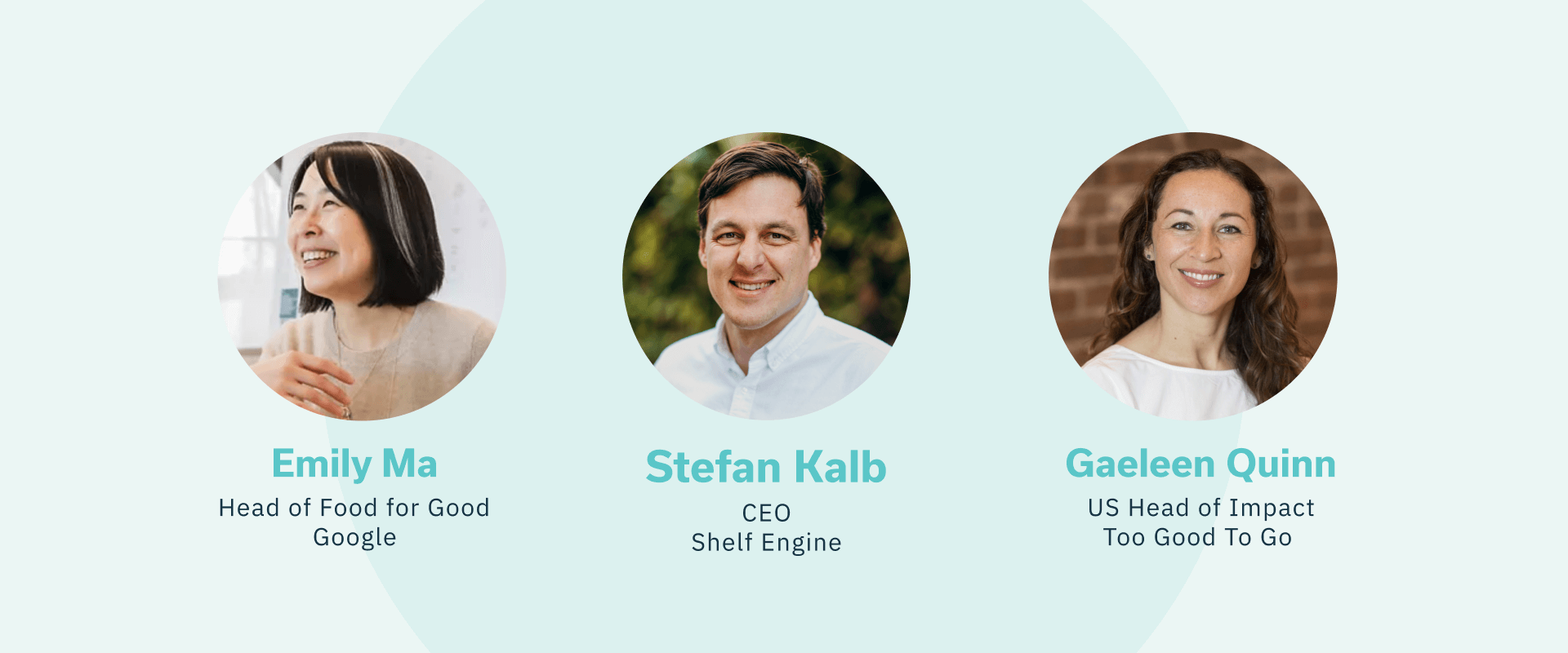This website uses cookies so that we can provide you with the best user experience possible. Cookie information is stored in your browser and performs functions such as recognising you when you return to our website and helping our team to understand which sections of the website you find most interesting and useful.
Innovations in Grocery Retail: 4 Lessons from Heinen’s Grocery Store

Searching for differentiation as competition in grocery steepens, some retailers are reevaluating the risks and benefits of experimenting with innovation. Heinen’s Chief Innovation Officer, Chris Foltz, discovered a way to differentiate from the competition completely: wellness centers in the grocery store.
Foltz appeared on Shelf Engine’s Fresh Thinking podcast to share how Heinen’s is innovating to enhance the entire customer experience around food and to offer advice to others in grocery retail hoping to do the same.
1. Innovate with your customer in mind
Heinen’s has long been known for its fresh assortment of produce and seafood, says Foltz. The typical Heinen’s grocery store sees produce account for 18% of sales and prepared foods for 8%—well above industry standards.
Because of this focus on highly perishable, fresh goods, it’s no surprise that Heinen’s sees a high trip frequency, as well as high customer loyalty. This got Foltz thinking about his customers’ entire experience around food, both within Heinen’s stores and at home. “We’re about food,” he explains. “We want to be differentiated in food—and the experience around food.”
How did a focus on food lead Heinen’s to launch in-store wellness centers, complete with nutritional advice from an in-house doctor? Through customer satisfaction surveys, Foltz learned that customers wanted to be more nutritious but they didn’t necessarily understand nutrition or know which foods to buy to contribute to their wellness goals. It only made sense, he explains, to provide this insight to customers at the very place where their food is purchased. “Let’s innovate by having a doctor in the grocery store. That’s differentiated for sure, but in a way it’s very commonsensical. That’s where customers make their decisions around food.”
2. Empower employees to lead the innovation
“For many years, I ran operations. And within operations, you need to be innovative in how you lead people,” Foltz recalls. In transitioning to his role as Chief Innovation Officer at Heinen’s, Foltz carried that spirit of innovation with him.
“In the supermarket industry, it’s traditionally been this command-and-control sort of an environment where the bosses know best,” he explains, but from the start at Heinen’s, “there was always this bend towards, ‘We’re going to be different in how we lead our people. Our culture’s going to be different, the experience we deliver is going to be different.’”
What Heinen’s does differently, Foltz says, is engage employees in customer satisfaction outcomes. One way it does this is by making the results of customer satisfaction surveys available to employees in real time.
Heinen’s wouldn’t be able to operate at the same caliber without engaged employees, Foltz says. That’s because, in addition to their normal wholesaling operation, Heinen’s requires seafood orders, for example, to be placed the day before fulfillment. This ensures that its products’ freshness and quality is in line with what customers have come to expect when they shop at Heinen’s. Therefore, a seafood manager might have to place orders every day of the week, dozens of times, to ensure that Heinen’s customers have a world-class seafood market experience.
“To ask your people to do that, which is not easy, they’ve got to be engaged—they’ve got to be excited about what they’re doing,” Foltz explains. “We make sure that they feel valued and recognize that we can’t deliver that sort of differentiation without them.”
3. Align differentiation and strategy
Coming from a tech and consultancy background, and relative newcomer to the supermarket industry, “One of the things I found confusing [when I started in grocery] … was the lack of innovation,” Foltz recalls. “The standard way of identifying how you’re going to be differentiated is to go visit the competition, identify what you think they’re doing that makes sense, and then mimic it. That’s not innovation at all!”
Even more, Foltz struggled with the idea that differentiating within the grocery space typically meant expanding to areas outside of food, like prescription drugs and gas. Convinced that there was an opportunity to help guide customers on their wellness journeys, and because he felt strongly about keeping differentiation tightly aligned with food, Foltz relied on an old Hippocrates adage: “Let food be thy medicine.”
“If ‘food is thy medicine,’ why shouldn’t there be a doctor in the grocery store?,” asks Foltz. “We felt it really important that if we were going to be serious about being differentiated and giving advice around wellness, we needed some medical advice.”
This led Heinen’s to hire a Chief Medical Officer 12 years ago who works with nutrition counselors in a dedicated part of the store to advise shoppers about how to meet their nutrition goals. Heinen’s has also begun offering a proprietary blood panel developed in partnership with Cleveland HeartLab to measure four phases of cardiovascular disease. Now, customers can set nutrition and dietary goals based on the blood work and find everything they’ll need to support those goals in store, from food and supplementation to vitamin therapies. “That’s disruptive technology. That doesn’t exist anywhere, but yet we’re doing it in the grocery store,” Foltz explains.
4. Take risks to learn what stands out
It wasn’t easy to get to this point, Foltz acknowledges. After identifying its focus on wellness, Heinen’s had trouble getting premium, wholefood supplements into its stores. Foltz explains that many premium supplement brands were hesitant to sell to Heinen’s because they were a grocery store—not a health food store or doctor’s office.
It wasn’t until the Heinen’s Chief Medical Officer went to the CEO of one such supplement company, Garden of Life, that they agreed to sell to Heinen’s. This is where having a doctor on staff paid off, Foltz says. Within a year, Heinen’s was selling a million dollars of the product, which in turn allowed Heinen’s to go to other premium supplement suppliers with the proof that they could sell these items in a grocery store.
“We don’t have a lot of space for making a lot of mistakes because we’re such a tight margin, high labor cost industry,” Foltz says. “But you have to be ok with failing because when you fail, you learn … If you never fail, you’re not going to learn a lot. All you can really do is go out and copy somebody else—copy somebody who hasn’t failed and use that. But to be truly differentiated, you have to be willing to take that chance.”
About Fresh Thinking
Fresh Thinking is a video podcast exploring the latest innovations and trends influencing the future of the fresh food industry. Produced by Shelf Engine, each episode features a pioneering grocery leader discussing the industry’s most pressing issues and opportunities. Join us where food retail innovation, technology, service, and sustainability collide and get consumable grocery insights you won’t find anywhere else. For more, visit freshthinkingpostcast.com.

Fresh, delivered.
from the Shelf Engine team.
By providing your email, you agree to the Shelf Engine Privacy Policy.






